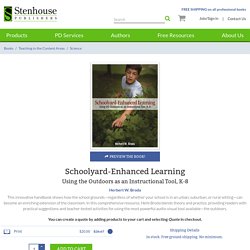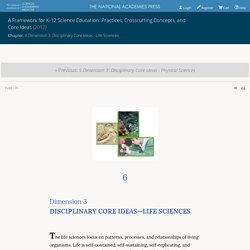

Water resources , Protect water resources transparent background PNG clipart. The Lorax transparent background PNG cliparts free download. START THE YEAR OUTSIDE. Schoolyard-Enhanced Learning. Schoolyard-Enhanced Learning shows how the school grounds—regardless of whether your school is in an urban, suburban, or rural setting—can become an enriching extension of the classroom.

In this comprehensive handbook, Herb Broda blends theory and practice, providing readers with practical suggestions and teacher-tested activities for using the most powerful audio-visual tool available—the outdoors. Emphasizing the practical, this innovative book offers teachers step-by-step g...read more Emphasizing the practical, this innovative book offers teachers step-by-step guidance to help ensure success when they take a class outside. It provides: At a time when children's natural curiosity about the outdoors is eclipsed by the demands of busy schedules and the ever-present glow of video screens, schools may be the only place where they are encouraged to interact with nature.
Go Digital with Stenhouse.
Socratic Seminar Strategy. Fun Science Ideas. Virtual Curriculum Development Ideas. STEM Resource Finder. Dragon Genetics – Understanding Inheritance. MS-LS3-2 Develop and use a model to describe why asexual reproduction results in offspring with identical genetic information and sexual reproduction results in offspring with genetic variation.

Clarification Statement: Emphasis is on using models such as Punnett squares, diagrams, and simulations to describe the cause and effect relationship of gene transmission from parent(s) to offspring and resulting genetic variation. Assessment Boundary: none This resource is explicitly designed to build towards this performance expectation.
Comments about Including the Performance Expectation This activity can be used as a culminating activity after you have introduced sexual reproduction, chromosomes, and meiosis. It can serve as formative assessment to identify any areas that require additional clarification on variation in sexual reproduction. Standards Aligned Differentiated Science and History Articles. The fossil record provides a wealth of evidence for evolution, both in organisms who've evolved similar structures in the same environment and organisms who are genetically related that share similar traits.

This article give a few examples of each and explains the difference between the two. How to we decide what is alive? Some of the criteria we have is that they must develop, reproduce and use energy. Onym. 'cell' related words: organism dna organelle [464 more] A Framework for K-12 Science Education: Practices, Crosscutting Concepts, and Core Ideas. Of tissues and organs (e.g., circulatory, respiratory, nervous, musculoskeletal), that are specialized for particular functions.

Special structures within cells are also responsible for specific cellular functions. The essential functions of a cell involve chemical reactions between many types of molecules, including water, proteins, carbohydrates, lipids, and nucleic acids. All cells contain genetic information, in the form of DNA. Genes are specific regions within the extremely large DNA molecules that form the chromosomes. Genes contain the instructions that code for the formation of molecules called proteins, which carry out most of the work of cells to perform the essential functions of life. The Wonder of Science. Search. Middle School Biodiversity Unit. A Middle School Unit A composite of lessons directed towards 6-8th grade students to dive into the subject of biodiversity.

Students will participate in the scientific process, go on field trips and gain a depth of information on local biodiversity. Essential Question How do interactions between abiotic and biotic factors in ecosystems affect the biodiversity of those ecosystems? Processes and Skills At the end of this unit: Students will understand how the cycling of materials such as carbon, water and nitrogen affect populations of organisms.Students will investigate predatory relationships, competitive relationships, dispersal, disturbance, organism identification, food webs and human impacts on biodiversity.Students will have gone through the scientific process of asking questions, making a hypothesis, collecting and analyzing data to present their information on a specific species and a local ecosystem.
Assessment opportunities: Performance Expectations: Next Generation Science Standards. Workingsession 1science. ENGLISH ESL, EFL worksheets made by teachers for teachers (x84032)